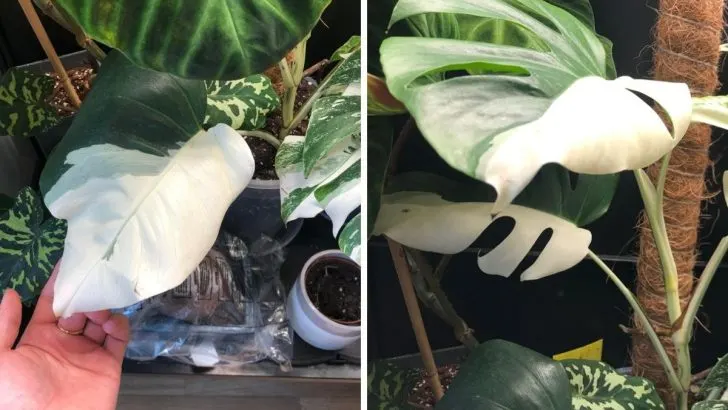There is no doubt that plant lovers enjoy decorating their homes with these little living creatures. They become a joy to our eyes. Have you ever heard of the Half Moon Monstera?
Sometimes you come across specimens so rare that their price is almost unattainable for some of us. And that happens with Half Moon Monstera (Monstera Adansonii variegata).
To give you a better insight, 2020, was one of the rarest and most expensive plants of the year. And why is it so rare? What makes a plant different from other monsters?
Today, we’re going to talk about its special features, so different and unique to make them so much wanted. We will also give you a better insight into their care guides.
Half Moon Variegated Monstera For A Great Home Atmosphere
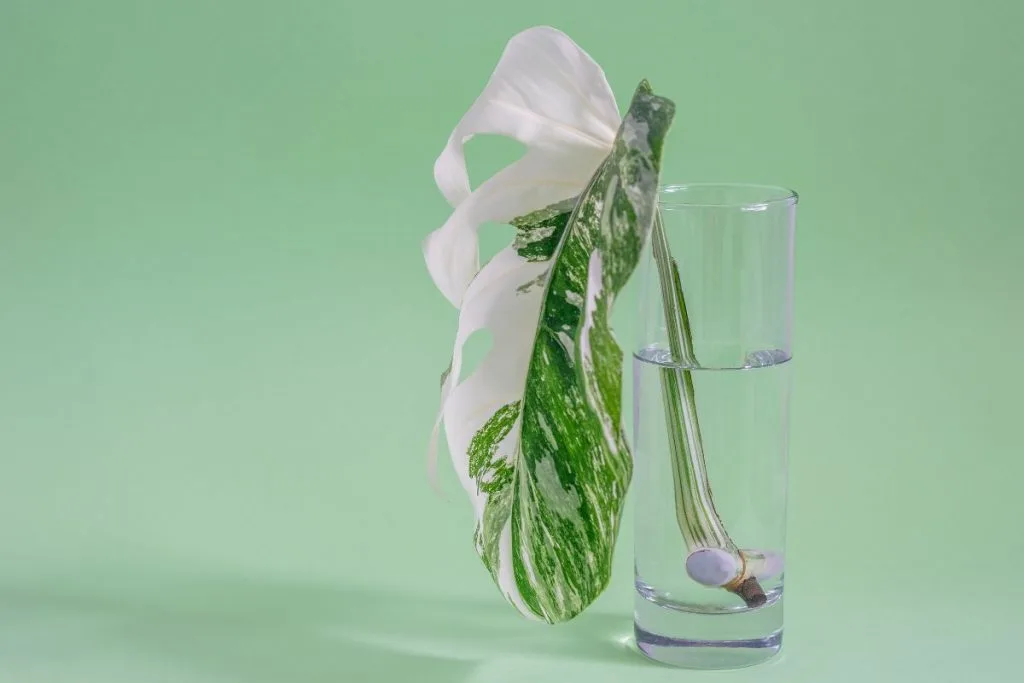
So what is the key to Monstera adansonii variegata being so expensive? Well, the color of his leaves. If you notice, this is not just greens but has white and yellow shades on the leaves. And each is different from the other.
The plant lives in South America, but can also be found in parts of North America and Asia, in tropical and dense forests.
Unlike ordinary monstera, the color of the leaves is not only green but also white. That is why it’s also called half moon mint variegata.
Among the many varieties that you can find Monstera adansonii variegata, the Half Moon is the most valued and sought after among many.
Monstera Half Moon Leaves (Biological) Features
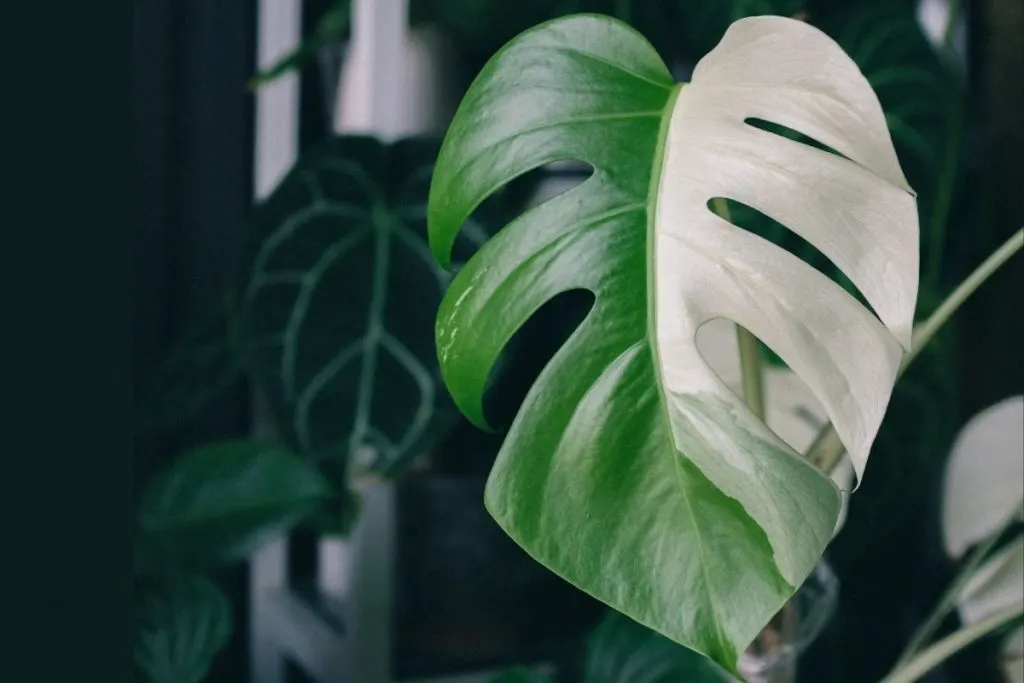
Half-moon variegated leaves are significant because of the shape of the flower. It is named after the literal description where monstera means huge and refers to growth. Half-moon name comes from the characteristic two colors, white and half green portions.
Sometimes, only white variegation on the leaf can show up. The new leaf will always be light green at first. Its green leaves often have variegated margins. Due to its two colors, they might have small leaf spot sectors on either half portion.
If you want your plant to produce half-moon leaves, it had to have variegated leaves, on both the alternative side. The entire mutated layer is pretty seeable I’m sure. The leaves are heart-shaped, rarely with whitish stripes. The leaf margin is very visible.
The leaves are very decorative and dense. Young leaves do not have holes, so they are often replaced by philodendron, but later their characteristic shapes grow. Its leaves alternate from both stem sides.
Its stems have three layers, since it’s on meristem, they’re called meristem layers. Their leaves on the other hand have a single cell layer.
Cells divide randomly and it is not something you can control. It’s not a stem-cutting process. To explain the half-moon leaf’s dual color, it’s best to say it appears when meristem mutated cells appear.
Their innermost cells form that rare half moon variegations. Due to its innermost layer on the stem and single layer on the leaves, these plants revert.
Of course, the resultant variegation is not stable. Since cell mutation is responsible for this, we can say thank you to cells.
Maintenance And Care On Half Moon Monstera
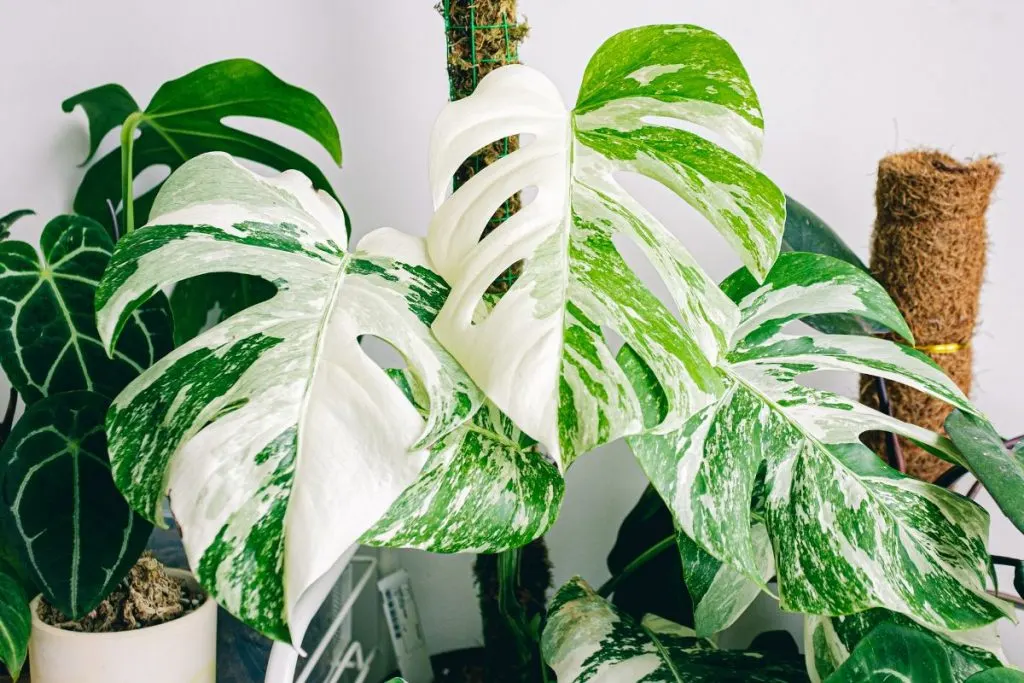
Monstera Half Moon is an extremely simple plant to maintain and grateful for the environment, so it is recommended for beginners.
If you’re not a beginner but you simply want to learn more about it, don’t worry, this article is still for you.
Here are some basic tips to follow to get a healthy and beautiful plant.
Watering Schedule For Half Moon
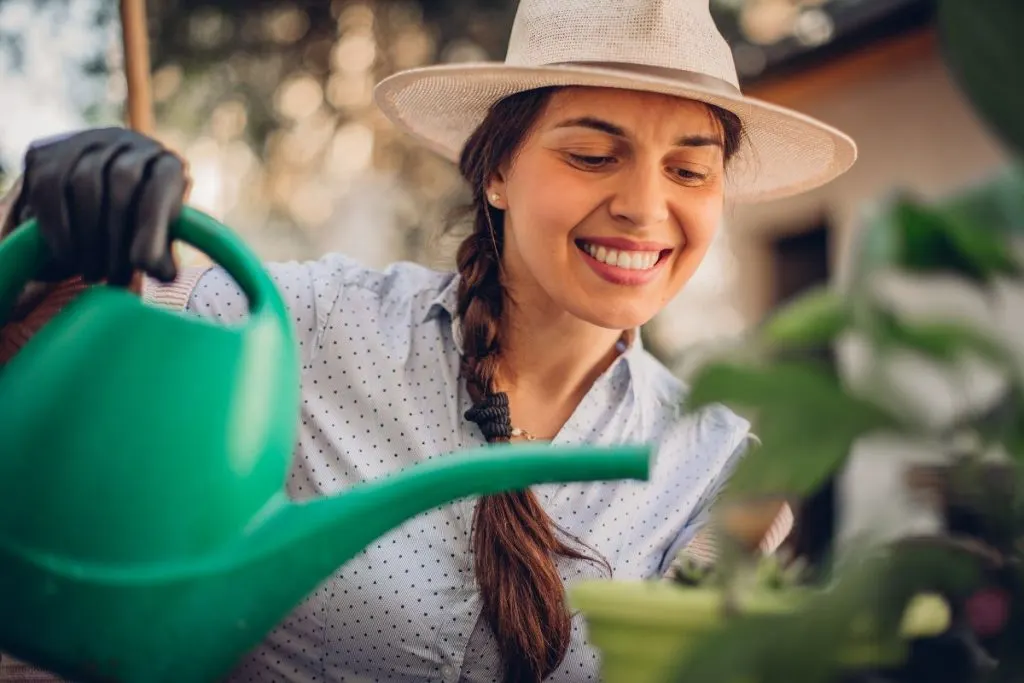
Half-moon monstera needs to be watered once every two weeks, but the amount of water depends on the substrate.
The plant is watered only when the substrate is completely dry, so it is best to use stagnant water and water around the roots.
The leaves should be wiped regularly with a damp cloth or banana peel to open the pores. Also, in the absence of moisture in the air it is necessary to spray it with distilled water, but only to create a mist and not to retain too much water.
Fertilizer Needs For Half Moon Monstera
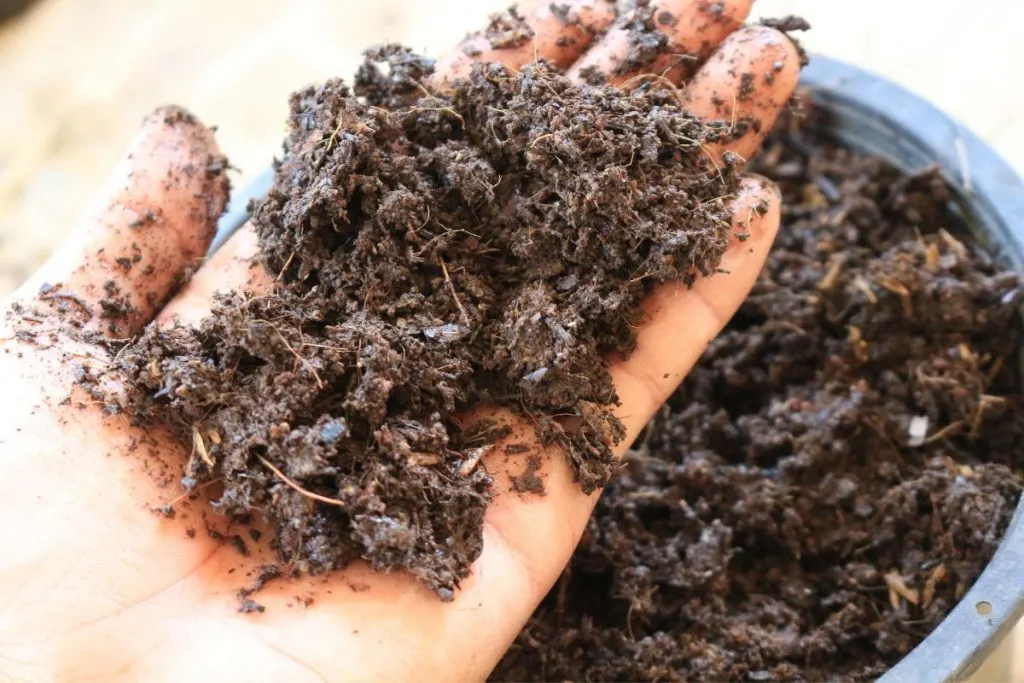
This rare variegated monstera is fed during growth, which is most often in the spring or early summer.
For fertilizing it is good to use a universal fertilizer for houseplants in pellets or as a liquid additive during watering.
Fertilizer is added once a month, and since it can extremely increase plant growth, it is necessary to pay attention to the amount that is added.
Also leca for plants proven very good for the monstera.
Light Conditions For Half Moon Monstera Albo
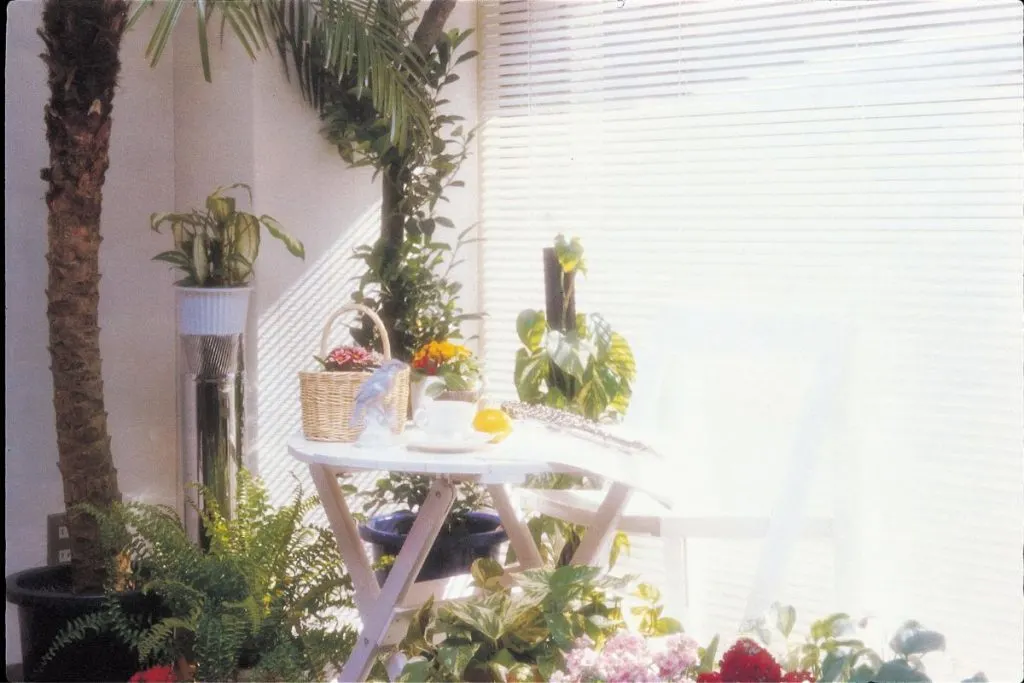
Although Monstera Half Moon will withstand dimmer light, that doesn’t mean he wants to be in such a place.
To make your Monster grow faster, put it in a place where it will get strong but indirect light most of the day.
In case you have a south-facing window, you need to either have a transparent white curtain that will scatter the sun’s rays, or move the plant from the window.
Why? The sun’s rays penetrating through the south-facing window are too strong and exposing your Monstera (or almost any houseplant) to such strong sunlight can damage the leaves. Leaves that have been burned in the sun cannot recover.
Monstera Half Moon will also tolerate the northern orientation, but such an amount of light will not be enough for the rapid development of the plant, but only for maintaining the current state and somewhat slower growth.
Humidity Alert
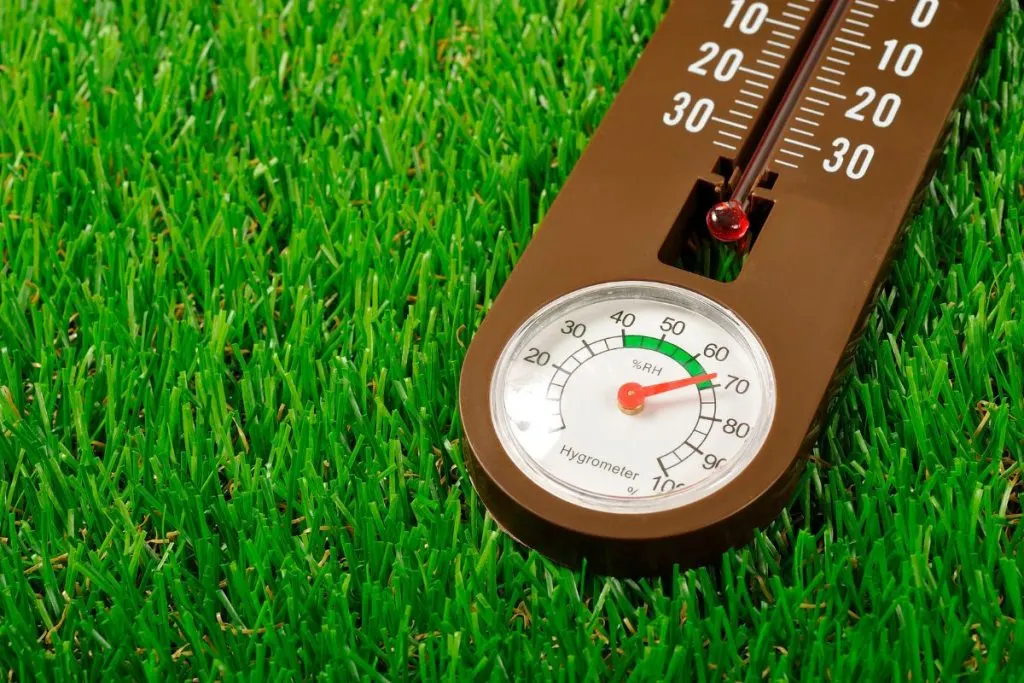
Like many other tropical plants, Monstera loves humidity. For Monster, therefore, it is not necessary to further humidify the air with humidifiers, etc.
However, in winter, when heating, do not keep Monster too close to heat sources (radiators, stoves, etc.), as well as your other plants.
Although it doesn’t need extra moisture, I like to spray it with distilled water in the summer (so that no limescale build-up remains) almost every morning.
What Soil Does This Plant Need?
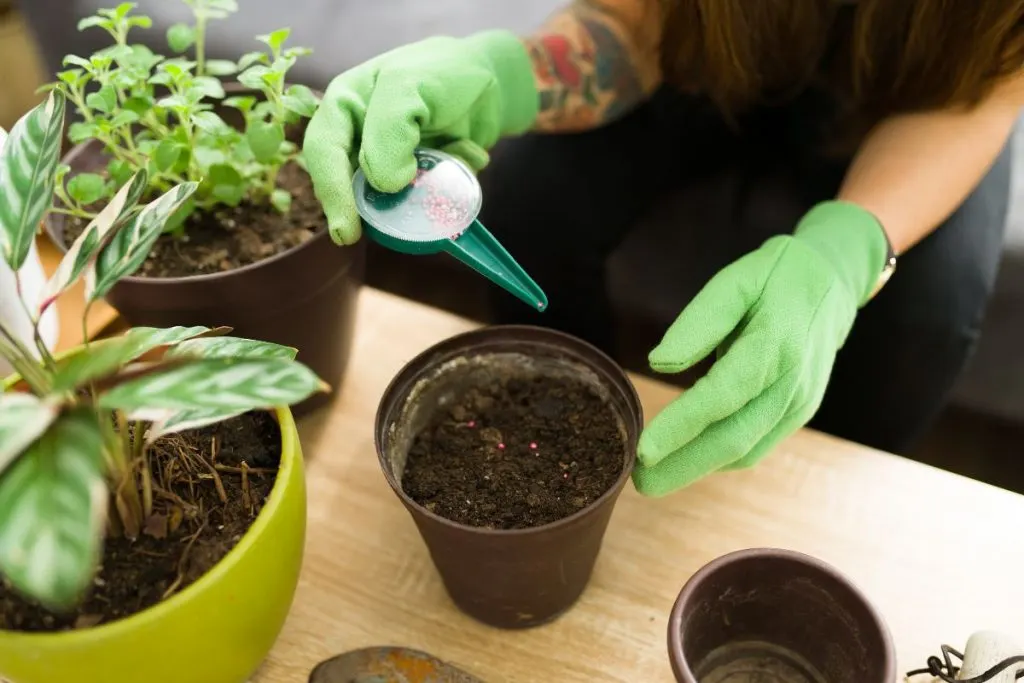
Monstera loves humus-rich and rich soils that resemble tropical forest soils. It is good if you combine black soil with organic compost or peat moss. Both soil options are good.
It also likes sandy soils, so it is good to mix fine sand into the soil. It likes loose soil with good drainage, which retains moisture but not too much liquid.
Planting Monstera Half Moon
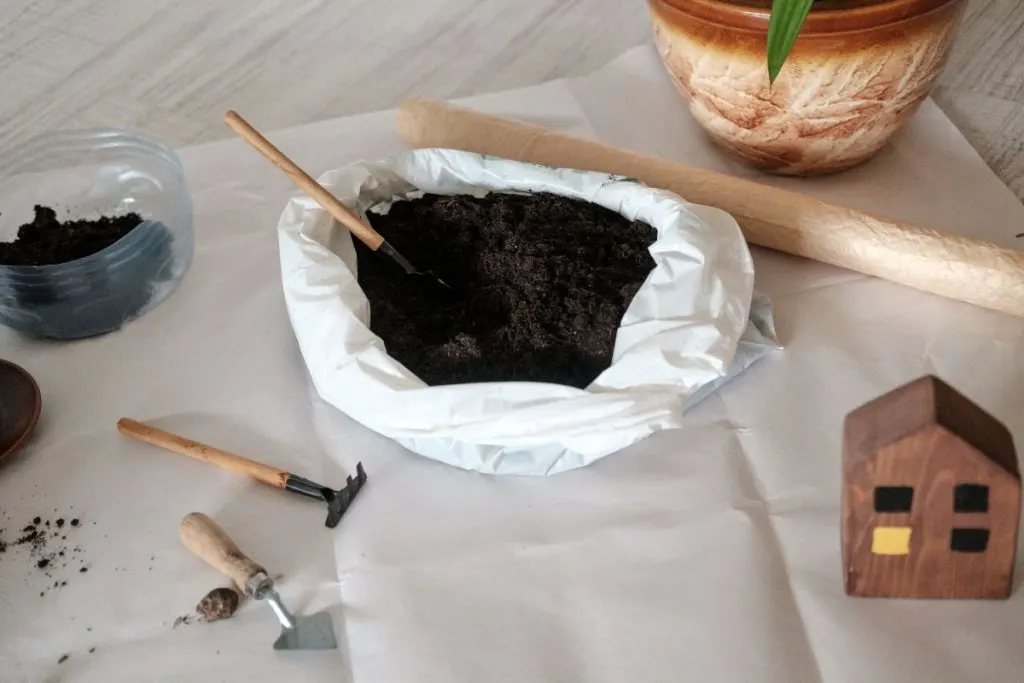
Monstera can be planted to have one specimen in each room. When planting, it is necessary to pay attention to a few tips for the most successful growth, and these are some of them.
Plant monstera half-moon in spring or early summer to achieve the optimum temperature for growth. Its best temperature is around 68 F and then it grows the fastest, takes root, or germinates.
The plant freezes at temperatures below 32 F and does not tolerate large temperature changes well. If you take it outdoors during the summer, make sure you bring it indoors in time.
Selection Of Planting Medium

Monstera is often crossed with each other to obtain new properties or plants that are more beautiful or suitable for cultivation.
Plants with smaller leaves and those with interesting patterns due to their commercial value are most often combined. The plant is grafted by taking shoots and inserting them into the cut.
Cover the cut with moss or protective agro textile and maintained it by wet spraying. The part where the plant is connected can be looser, so it is important to support it during later growth.
Planting From Seed
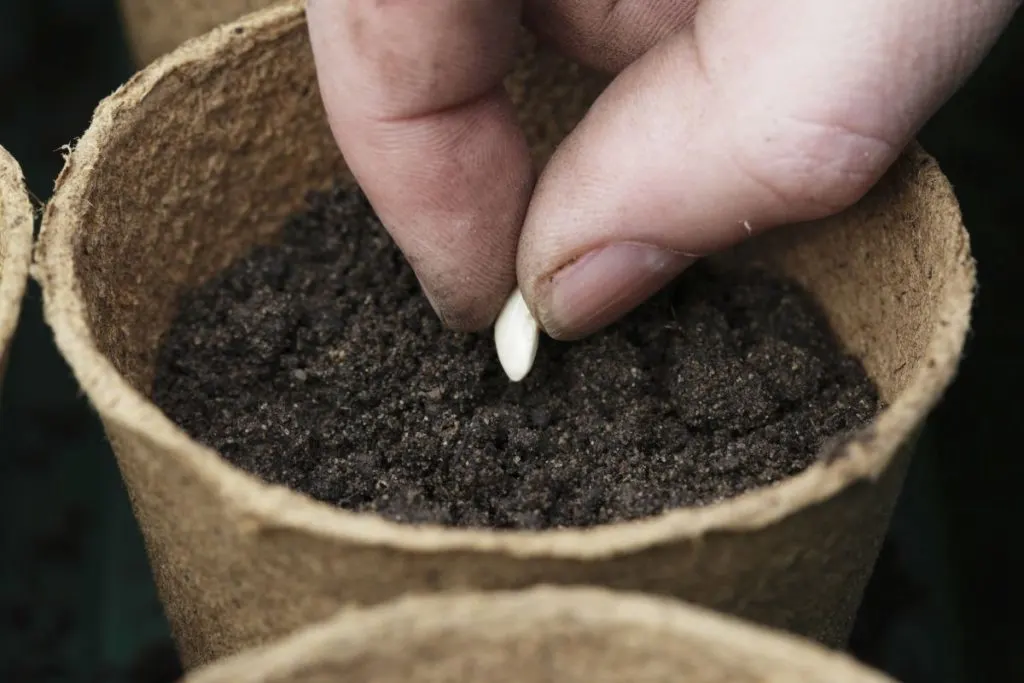
Monstera can be grown from mature seeds located in the center of the fruit. Before sowing, soak the seeds overnight to make them germinate more easily. It is recommended to use treated seeds and soil to prevent any problem or later illness.
The seeds are placed in loose soil and watered. It is important to keep the substrate moist. Also, keep it at a minimum of 65 F to germinate and in such conditions, it germinates in 10 – 14 days.
As the plant germinates in nature in a dark place and crawls to light, keep the pot with the seeds in a darker place. It is optimal to plant each seed in a separate container to obtain a developed root.
Planting Seedlings: Most Effective Way To Grow A Plant
When choosing a seedling, it is necessary to find a treated seedling with healthy and branched roots.
Plant the plant with the soil in which it grew in a larger pot and loose soil. Immediately after planting, it is necessary to water it and find support on which it could climb.
The young plant has a greater affinity for light, so it needs to be placed in a brighter place, but away from direct sunlight. For the first 6 months after planting, fertilize the plant regularly to promote its growth.
How Is The Propagation Done?
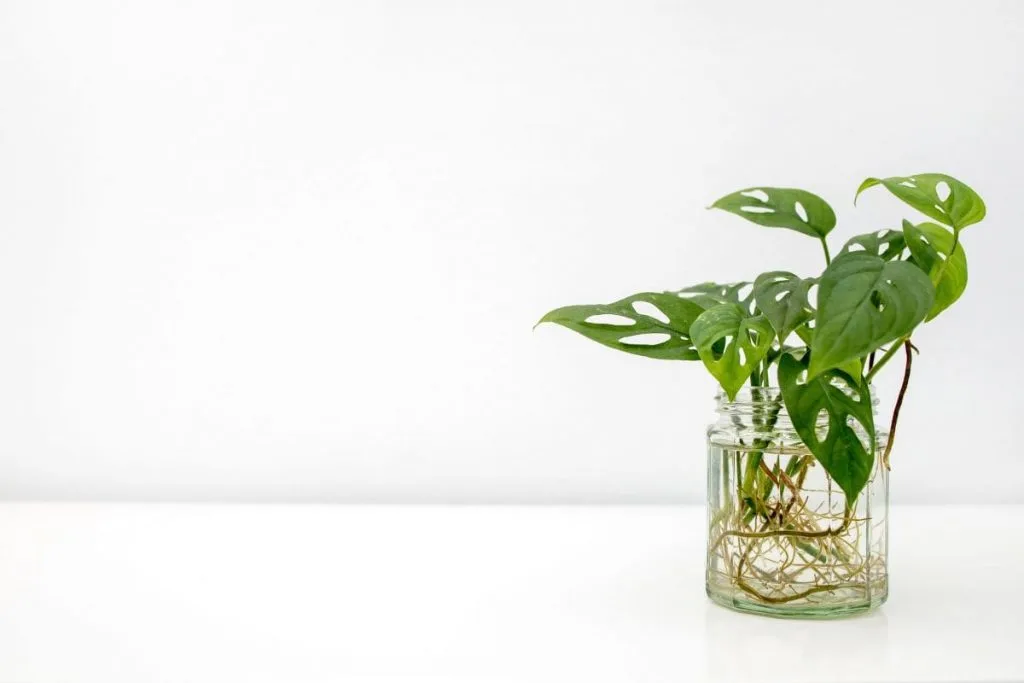
Half-moon monstera is propagated from cuttings and the procedure is very efficient and successful. During the spring, we determine the young branch from which we want to continue breeding.
It is important that the stem is healthy and that it has at least 5 leaves and an equal number of aerial roots.
When cutting, it is necessary to use a sharp knife or scissors to get a precise cut. The cut is made at the place where the leaf, stem, and aerial root are joined and the cuttings are separated.
They are then, with an aerial root, placed in water to release the rhizomes, which takes about two weeks. When the developed roots are visible, the plant should be planted in the desired location.
Transition Stage And Repotting
This lovely monstera does not grow quickly, so transplanting should be done every 2-3 years. Also, transplanting encourages plant growth, so to avoid this, it is transplanted less.
When transplanting, it is necessary to choose the same quality of soil in which the plant has been so far. Also, after transplanting, the plant needs to be provided with support on which it will continue to grow.
Transplanting is done in the spring or late summer, and after transplanting it should be well watered.
Garden Cultivation Of Monstera Half Moon
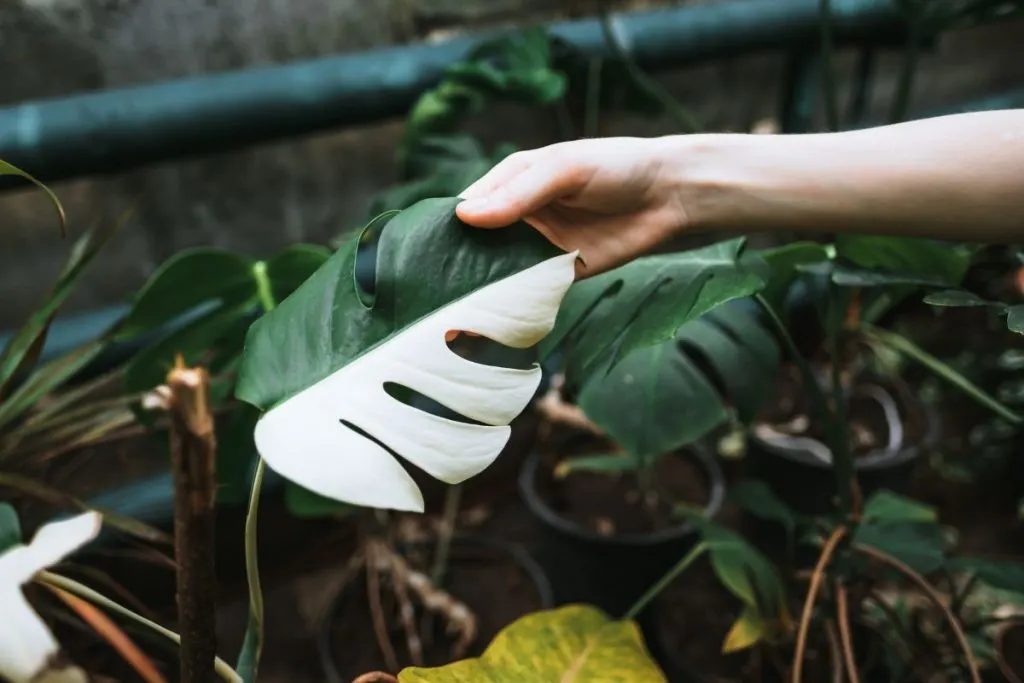
It can be taken outdoors in early summer to get used to the conditions and grown on the balcony or terrace. The semi-shady side, protected from the wind, suits her.
During outdoor cultivation, special attention should be paid to watering. It cannot be grown outdoors as it is sensitive to low temperatures in the interior and salt and wind gusts along the coast.
Pot Cultivation Of Half Moon Monsteras

Monstera is mostly a houseplant, so the most common way of growing it is in pots. When growing in a pot, it is important to choose a sufficiently deep and wide pot with holes for excess water.
Place pebbles or lumps of earth on the bottom to allow better drainage. For planting, it is necessary to use healthy and humus soil.
The plant can be kept in a pot on the ground or an elevated one. It should be watered once a week or as needed when the substrate dries. In the spring and early summer, you need to feed more.
Its Resting Phase

The dormancy phase lasts from November to February, depending on the weather. The plant then stops growing and no longer needs to be nourished.
Also, during this period, reduce watering and other interventions around the plant, such as transplanting and pruning. Shoots that are then taken for propagation may be less germinating.
Smart Plantation Maintenance
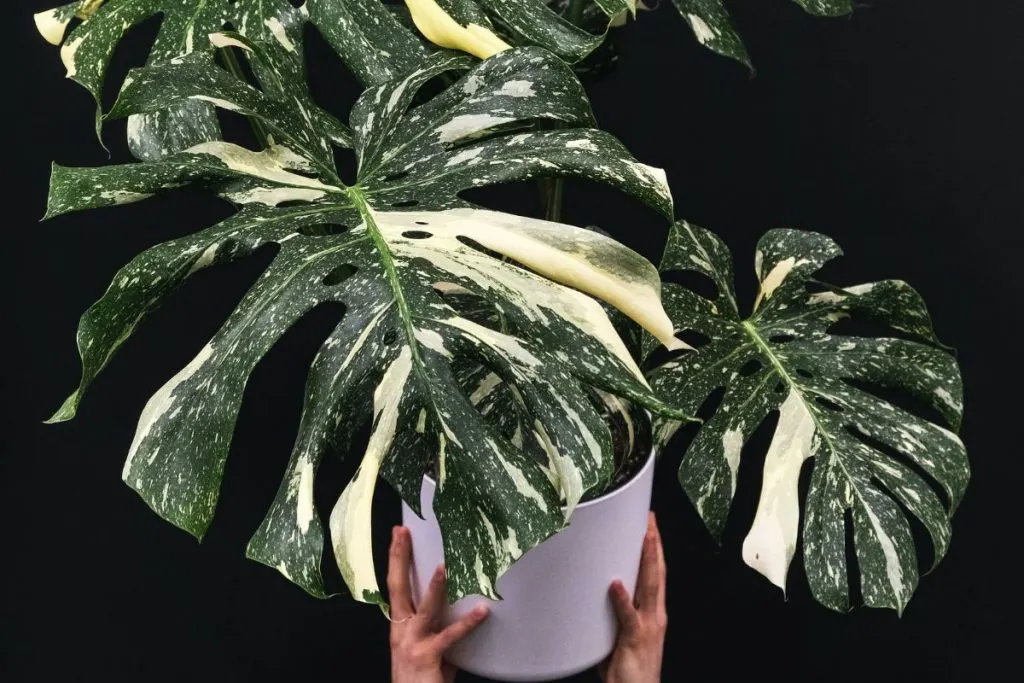
Plantation maintenance includes aerating the soil and possibly removing weeds. Since the plant is grown in a pot, there is relatively little possibility for weeds to grow, but it needs to be removed immediately.
Aeration of the soil is important for the healthy growth of the plant, so it is good to add sand to the soil when planting. Also, loosening the surface layer and breaking the crust allows oxygen to penetrate the soil.
Thining Half Moon
When planting seedlings or sowing seeds, overgrowth of plants can occur. In the spring it is necessary to remove all plants with soil and separate those with developed roots. Also, thinning gives more space for each plant to grow.
How To Maintain Its Half White Half Green Leaf
Monstera Half Moon has beautiful shiny leaves that dust over time and need to be wiped down now and then.
Use a microfiber cloth because it is soft and does not damage the leaves. Spray either it or a sheet with distilled water. This way, lightly wipe each sheet, both top, and bottom.
How to Cut Half Moon Plant
The plant does not need to be pruned, except in situations where it is necessary to remove dry or diseased branches. Pruning is done in spring or autumn and you need to use sharp scissors or a knife to get the right cut.
When Is The Harvest Done?
Monstera has a fruit that ripens for at least a year. The fruit is harvested when the lower part is yellow, and ripens by rot, like a banana. It is harvested by hand, but only in countries where it grows indigenously.
Pests Of Half Moon Monstera

Although the monster is generally resistant to pests, there are several indoors that can attack it. How to spot them, but also how to get rid of them, we bring below.
- How To Recognize Red spider
The red spider is a small and hard-to-see insect that looks like a spider. It is reddish and hides on the back of the leaf and can be transmitted from other infected crops that attack, for example, passionflower, lemon balm, ferns, or carnations.
It lives in colonies and feeds on plant juices. Its presence can be seen due to curling leaves or yellow spots on the reverse. Pine essential oils are a natural solution, while they are chemically destroyed with insecticides.
- How To Recognize Shield’s ears
Head lice are common parasites that are transmitted from one plant to another. These are tiny insects that appear at the junction of leaves and stems and live in colonies.
They also feed on juices and cause leaf curl, but also leave drops of sweet liquid that can contribute to disease infection.
They can be solved by using insecticides or spraying natural nettle preparations such as natural nettle fertilizer.
Diseases Of Half Moon Monstera
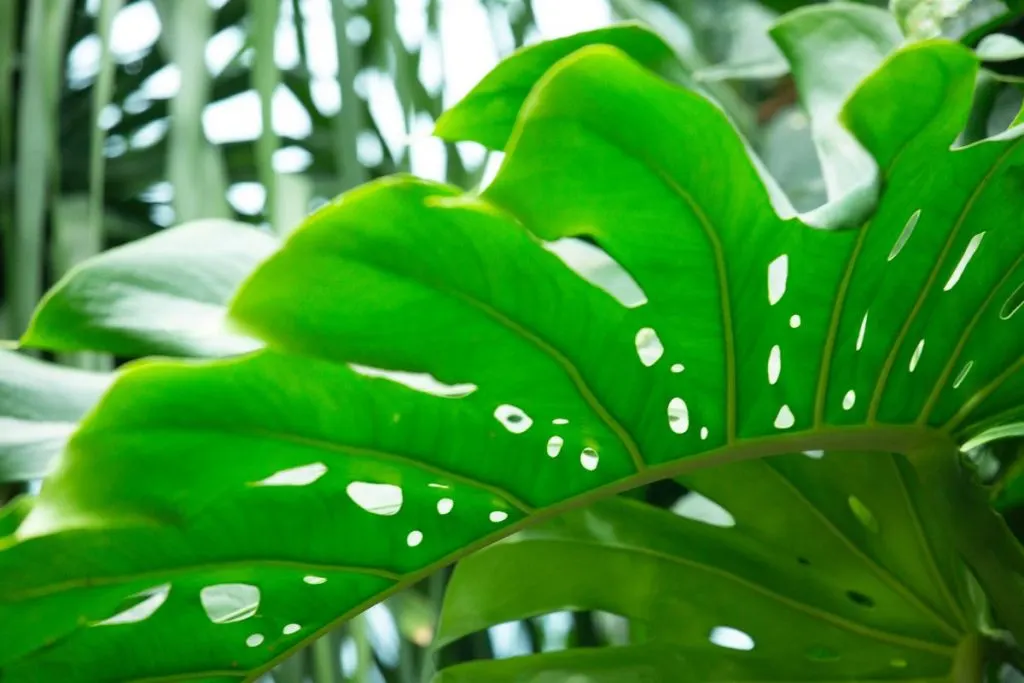
Some diseases can cause significant damage to monsters, so it is necessary to notice the first symptoms of the disease in time and know-how to get rid of it. We bring the most common diseases.
- How To Notice And Prevent Leaf Spot
Leaf spot is a common disease caused by fungi and is easily transmitted from other species nearby. It often appears on plants from other families, such as lilac, horseradish, popcorn, radicchio, etc.
Warm weather and high humidity only increase the chance of infection. The first symptoms are yellow or brown spots on parts of the leaf, but they increase and can lead to falling off over time.
When other symptoms appear, the plant should be isolated immediately. It is also important to stop spraying water on the leaves and treat them preventively with a fungicide.
- What To Do About Root Rot
Root rot is a bacterial disease that can be caused by bacteria on the root of too much water and often occurs in geraniums, yucca, holly, thyme, violets, camellias, and others. Water that stays for a long time can cause root rot, so it is important to ensure proper drainage.
It is also important to reduce root damage that bacteria can get involved in. The infected root is brown and has a strong odor even after rinsing.
That is why it is important to use large enough pots and transplant the plant into healthy soil. The disease can also be solved by washing the soil and removing the rotten root.
Why is my monster droopy? The answer to this question can you find in a separate article.
Use Of A Wonderful Half Moon Monstera
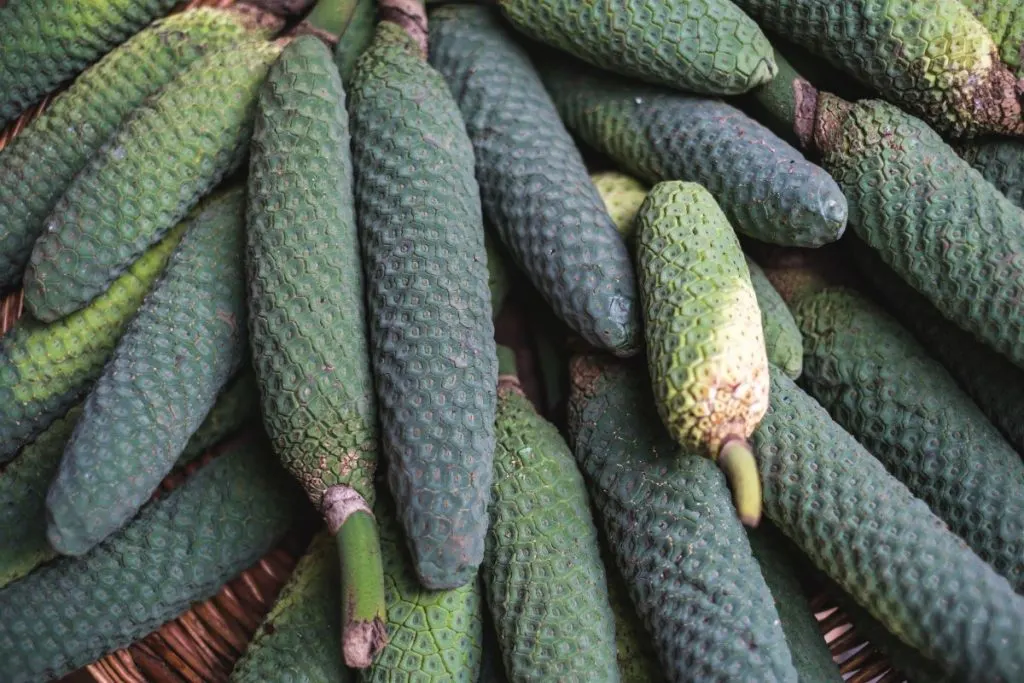
Monstera is used in our region primarily because of its large and precious leaf. It is used to decorate houses and apartments, but often also office spaces.
Due to its creepy character, it easily covers larger and less visible areas. Because it is bought in pots and has a relatively high price.
It is considered a non-toxic plant in the household, although dogs and cats can have digestive problems if they consume the leaves. Nevertheless, it has some significant properties, and below are what they are.
Half Moon And Cookery
The fruit of the monstera is a sweet and oblong fruit, with an intoxicating aroma and taste reminiscent of a combination of banana and pineapple.
The fruit is very juicy when it is zero and needs to be peeled. It is mostly consumed raw, although it can be added to cakes, make jams, or make ice cream.
Although it is very popular as a candy, due to the presence of calcium oxide crystals, some may have indigestion. It is often called a fruit salad because its aroma is reminiscent of the sweet smell.
The fruit of the half-moon Monstera cleans like pineapple and cuts the hard rind and leaves a juicy inside with a hard middle. It is yellow interspersed with black veins. Raw can cause more severe ailments leading to death, and excessive amounts cause vomiting or indigestion.
Half Moon Plant In Medicine
Monstera has been used in traditional medicine to make preparations after a snake bite because it reduces swelling and skin irritation. The leaf paste was also used as a remedy for wounds or bruises.
Root tea has been used to treat rheumatism and arthritis. The fruit is used in preparations to boost immunity because it is rich in vitamin C.
Monstera History

Monstera is a plant that is indigenous to the tropical forests of South America and the local population has long exploited its potential. It was used to make practical everyday items, but also to make fruit desserts. Nevertheless, it gained its current popularity by conquering the Spaniards when it was brought to Europe and expanded around the world. It was discovered by the French botanist Charles Plumier, who gave it its name. Cultivation continued as an ornamental plant and its economic importance was neglected. Today, the plant is very popular for indoor cultivation and is grown in South America and parts of North America.
Interesting Facts About Half Moon Monstera
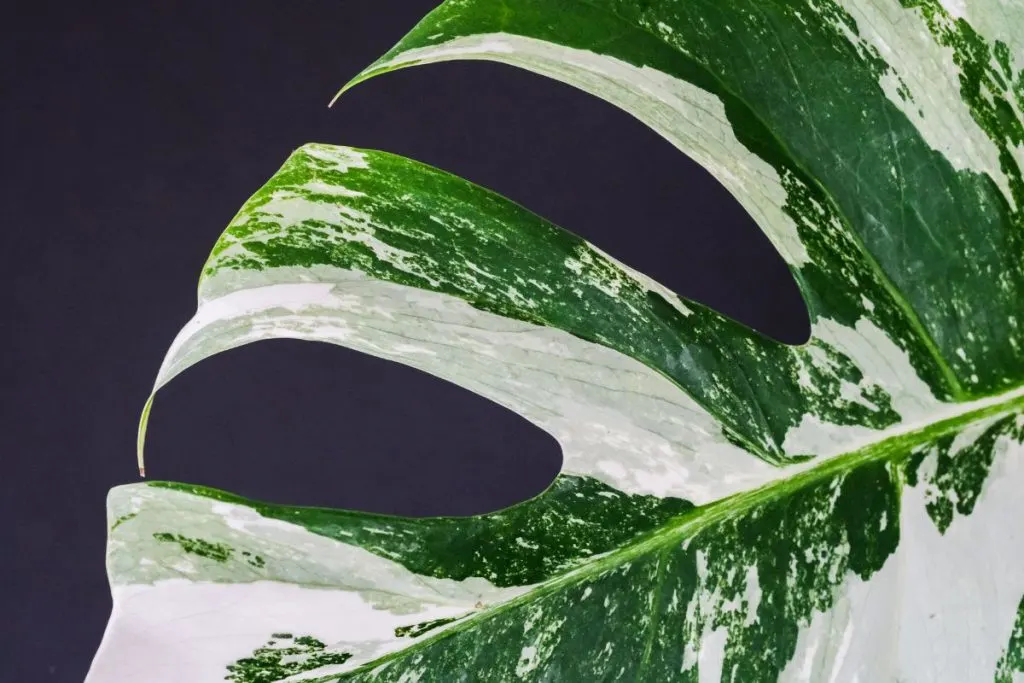
Although the holes in the leaves give beautiful patterns for which the monster is famous, they also have some significance. They allow raindrops to pass through the leaf during heavy rains and reduce the possibility of damage due to large drops.
Interestingly, the monster germinates easily in darkness and cramped space, but it dies in the wild if it finds a tree up to its height of 20 cm that it will climb to the light.
Is Half Moon Monstera Toxic?
Monstera is not a poisonous plant and will not harm not only people or animals but also other plants. There are even absolutely edible species that the people of India and Australia enjoy with pleasure.
The only reason why monstera can become a nuisance for small children or completely unintelligent pets is the presence of inconspicuous needle formations on the leaves.
Of course, it is impossible to completely rule out the possibility of a non-standard allergic reaction, since the sensitivity of each person is different.
Beliefs Associated With Monstera
There are also quite a few popular beliefs associated with the Monstera. It is believed that this plant absorbs negative energy and gives it away when harmony and comfort reign in the room.
Another popular myth is that half-moon monstera is a poisonous plant that can poison its inhabitants. Of course, this is just superstition, but the microscopic needle formations found in monster leaves can cause stinging when it comes in contact with the mucous membrane.
Some people living in Southeast Asia, consider the Monstera a plant, that brings good luck, and happiness, and strengthens health. That is why the monstera is very often planted at the entrance to the house, and when someone gets sick, a jardiniere with a philodendron is placed near his bed.
Whatever it is, monstera cleans the air well, producing a large amount of oxygen. That is why this plant is simply irreplaceable in offices. At home, this tropical beauty can always be accommodated in the living room or kitchen to purify the air and enrich it with oxygen.
Wrapping It Up
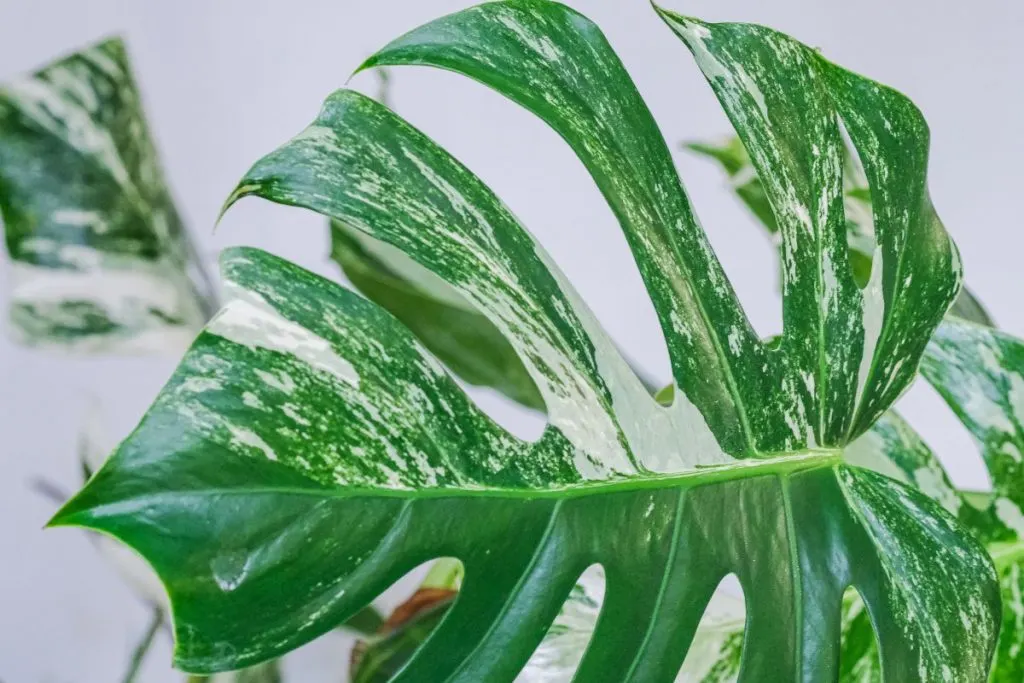
Growing a sample of Half Moon Monstera at home as a houseplant or not is everyone’s personal choice. In the end, some may simply not like the look, and in some interiors, monstera will become perfect.
One thing is sure, today we learned everything about the half-moon monstera care guide, features, use in medicine, cookery, and much more.
We hope you enjoyed this article.

